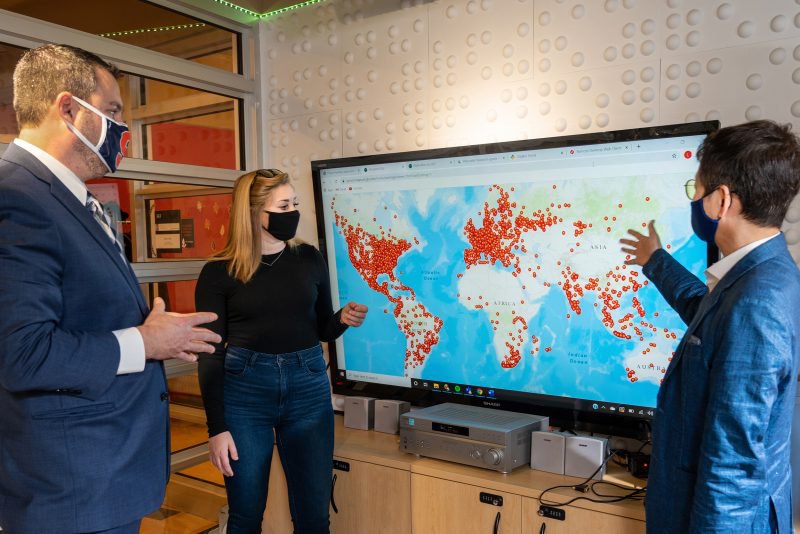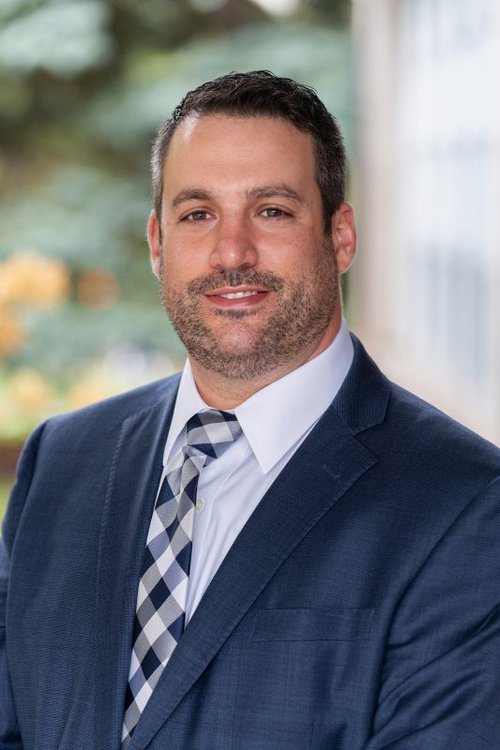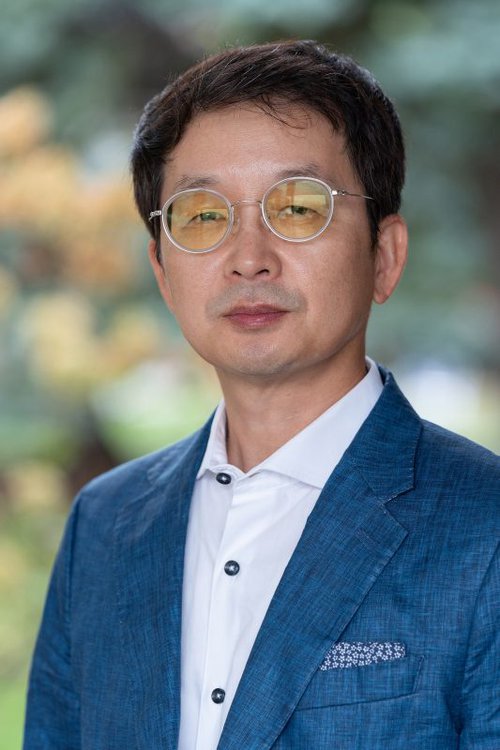
On the surface, Dennis Rader was a hardworking, married father of two. But beneath the wholesome façade lurked a grisly serial killer.
From 1974 to 1991, Rader terrorized the residents of Wichita, Kansas, with his systematic killing of 10 people. The way he ruthlessly murdered his victims and taunted authorities, often leaving clues at the crime scene, reinforced his self-dubbed status as the “BTK Strangler”—for “bind, torture and kill.”

It took the discovery of incriminating metadata on one of Rader’s floppy disks in 2005 for police to finally pin the murders on him. Today, the former church council president and Boy Scout leader is serving 10 consecutive life sentences, making his case one of the most notorious in digital forensics history.
Michael Marciano G’18, research director of the Forensic and National Security Sciences Institute (FNSSI) in Syracuse University’s College of Arts and Sciences, says the BTK case shows how one’s efforts to bury a digital trail are no match for a skilled forensic scientist.
“Digital forensics is evolving faster than any other forensic discipline. It’s changing the way we think about criminal investigations and crime prevention,” he explains.
Analyzing the Evidence
Originally called “computer forensics,” digital forensics refers to the recovery and investigation of data in digital devices ranging from laptops and desktops to cell phones, tablets, gaming consoles and smart watches, as well as virtual assistants like Alexa and Google Assistant.
The field has come a long way from its origins in the 1970s and 1980s, when some of the first digital forensic technicians were computer hobbyists in the U.S. government. They included Mark Pollitt G’02, who oversaw the FBI’s nascent Regional Computer Forensic Laboratory Program. Today, he serves on FNSSI’s Board of Advisors and teaches part time in the School of Information Studies (iSchool).
“Computers used to be the sole source of digital evidence,” Pollitt says. “Now technology is changing the way criminal data is acquired, preserved, analyzed and reported.”
Cold cases such as BTK tell only part of the digital forensics story. The same goes for cyberattacks and cybertheft, which are more prevalent—and dangerous—than ever. “It’s important to focus not on the technologies, but on how people use them. Digital forensics is about finding and analyzing the digital breadcrumbs left by human activity,” Pollitt continues.
In response to digital forensics’ growing importance, the iSchool and FNSSI have partnered on an array of initiatives, including several foundational courses led by experts in the field. One such teacher is Mackenzie Kilkeary, a forensic biologist in Onondaga County’s Wallie Howard Jr. Center for Forensic Sciences. Since joining FNSSI’s faculty last year, he has studied the growing volume and complexity of digital evidence as well as the need for timely, actionable data.
“People want their data backed up in case their device is stolen or hacked, but they also want to ensure the privacy of that data,” Kilkeary says. “As technology continues to expand and devices become more interconnected, the number of places where we can find probative data has increased substantially.”
Concurrently, Research Assistant Professor Jonathan Adelman G’16 has spearheaded FNSSI’s computational forensics efforts, which use computer science-based methods to probe data in digital forensics and to aid in forensic DNA analysis, chemical analysis and latent fingerprint interpretation.
“Every subdiscipline relies on computationally intensive methods and algorithms to solve research questions,” Adelman says. “While distinct from digital forensics, computational forensics is opening doors to artificial intelligence-based searching and machine learning-based classification, both of which impact all forensic disciplines.”
At Syracuse University, computational and digital forensics work in tandem. While the terms are often used interchangeably, they are different. “Extracting photos from a cell phone is digital forensics. Using algorithms to identify matches for latent fingerprints denotes computational forensics,” Pollitt says.
With help from Information Technology Services, FNSSI researchers can sift through large, complex pools of data, sometimes from multiple sources and in different file formats. Glamorous? Not really. Important? Indubitably.
Also important is that digital forensics is governed by a zero-defect policy, forcing examiners to stay abreast of up-to-the-minute developments in crime-solving hardware and software. “It’s become a perennial arms race,” Pollitt sighs.
Making the Case
Experts agree that interconnectivity has become a game changer for criminals and researchers alike. Everything done online, from mindlessly scrolling through social media to dashing off an email to a friend, leaves a trace. Such digital information not only increases the chances of a cyberattack but also makes tracking criminals easier.
Think of the “Craigslist Killer,” a medical student who was accused of robbing three women and killing one after meeting them in the Craigslist personals’ section. Or the curious case of 53-year-old Richard Beasley, who, along with a teenage sidekick, used fake job listings to lure people into an Ohio woods and murder them.

These cases and many others have blended traditional and contemporary investigation techniques, including combing through domains, email addresses and internet protocol addresses of network-connected users. It is this holistic approach to evidence management, quality assurance and quality control that undergirds the University’s forensic programs.
As demand for digital forensics expertise grows, FNSSI and the iSchool are considering offering a joint M.S. degree program. “Such a program could teach students about concepts, theoretical approaches, technical skills, legal proceedings and other issues related to the field,” says iSchool professor Joon Park, an expert in cybersecurity.
Jennifer Stromer-Galley, a professor and senior associate dean for academic and faculty affairs in the iSchool, notes the academic synergy between both units. “A partnership with FNSSI would provide a robust education for those interested in this in-demand career,” she says.
People in FNSSI are equally excited. Marciano, for one, considers such collaborations a boon to students in computational and digital forensics.
Adds Pollitt: “It was barely a dozen years ago when I asked myself why anybody would want to send a 140-character message over the phone. Now I know that, based on the evolution of digital forensics, people figure out how to utilize technologies, often in ways their inventors never imagine.”
Originally posted at Syracuse.edu
